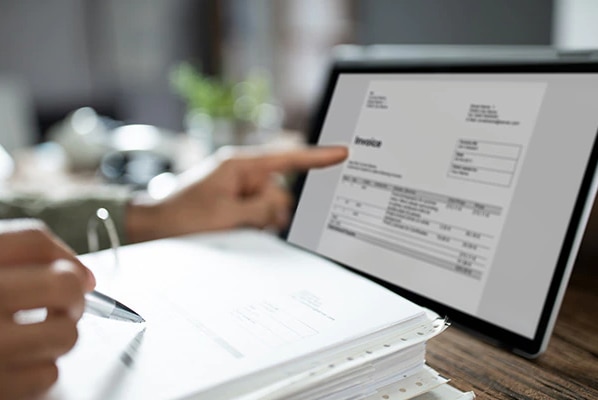Keeping tabs on your company’s financial health helps you stay on track and continue growing. One way to do that is by calculating your quick ratio, which is a commonly used financial ratio that gives you a quick look at your short-term liquidity. The quick ratio, also known as the acid-test ratio, is your ability to pay your bills from cash or from assets that you can convert to cash fast. Creditors may use your quick ratio as one way to evaluate your creditworthiness.

Small Business Terms: What Is the Quick Ratio?
Quick Ratio Formula
When calculating your quick ratio, you don’t want to add in every asset of your business. Remember, the ratio measures your short-term liquidity. Unlike your current ratio, which includes all of your current assets, the quick ratio leaves out assets that might take longer to convert to cash, including your inventory, because it can take a while to liquidate it completely unless you significantly lower the price.
To calculate the quick ratio, you need to add your cash, marketable securities, and accounts receivable and compare that total to your current liabilities. The formula for the quick ratio looks like this:
Quick ratio = (cash and equivalents + marketable securities + accounts receivable) / current liabilities
Quick Ratio in Action
Seeing the quick ratio calculation in action makes it a little easier to understand. Say your company has $100,000 in cash, $200,000 in marketable securities, and $150,000 in accounts receivable. Your current liabilities total $150,000. So your quick ratio is:
($100,000 + $200,00 + $150,000) / $150,000 = 3
In this case, the company has $3 available for every $1 in current liabilities. That means it can easily pay off the current liabilities using those assets.
Why Quick Ratio Matters
Your quick ratio helps you stay on top of your ability to pay your current liabilities. In general, a higher quick ratio is better because you’re in a good position to pay off your current liabilities with assets that are easy to convert to cash. The lower the ratio gets, the more the company leans on inventory and similar assets to cover liabilities, which can cause a financial crunch if sales slow. But if you have a high quick ratio, it can also show that you’re holding onto reserves that may be better used as investments into your business.
You may have a high quick ratio if you have a large amount of accounts receivable. That can show that your customers aren’t paying up in a timely manner, which can cause a cash flow shortage.
Calculating your quick ratio is easier when you use QuickBooks Online to track all of your financial information. You get easy access to your asset and liability numbers in a cloud-based system that you can access from anywhere. 5.6 million customers use QuickBooks. Join them today to help your business thrive for free.


